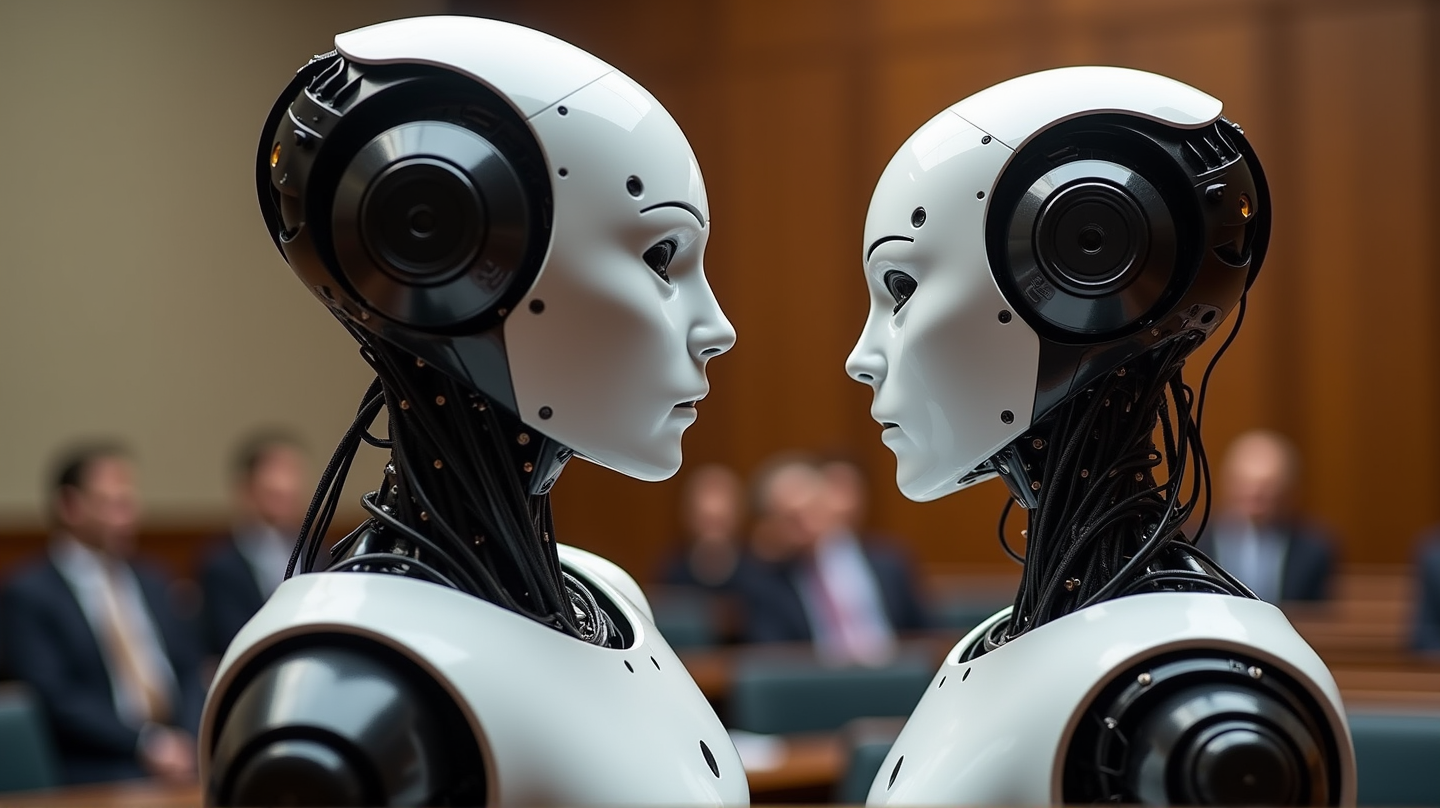In a recent legal spectacle, Tesla has stepped into the headlines, accusing a former engineer, Zhongjie “Jay” Li, of absconding with valuable trade secrets from its Optimus program. The implications of this alleged intellectual theft are significant, positioning the electric vehicle titan against a new contender in the robotics arena.
The Alleged Industrial Espionage
Tesla’s lawsuit highlights a narrative that could be lifted straight from a corporate thriller. The accusation involves Li downloading sensitive files linked to robotic hand sensors just before his departure. According to Tesla, Li established a new venture, Proception Inc., mere days after leaving, showcasing a product with uncanny similarities to Tesla’s design. A complaint filed in federal court describes the company’s detailed grievances, painting a picture of a high-stakes betrayal.
The Rise of Proception Inc.
Proception Inc., the brainchild of the accused Li, emerged swiftly after his exit. Within only five months, the company had presented a five-fingered robotic hand, allegedly mirroring Tesla’s pioneering design. This development has sparked not just a legal battle but a technological one, as the quest for the perfect robotic hand remains a coveted goal in the flourishing field of AI robotics.
An Industry in Flux
As the robotics world eyes the situation closely, the larger landscape remains dynamic and burgeoning. With players like Figure AI and Apptronik racing to innovate, the competitive environment is fierce. According to Quartz, a breakthrough in dexterous robotic hands could reshape industry standards, attracting significant attention from tech investors globally.
A Familiar Tune for Tesla
Tesla’s current allegations are part of a broader pattern. The company has previously litigated against former employees who allegedly carried trade secrets to competitors. These cases reflect ongoing tensions in an industry where pioneering technology holds not just promise but the potential for predicament.
The Road Ahead for Optimus
Tesla’s ambitious vision for its Optimus robots, as outlined by CEO Elon Musk, sets high expectations. With plans for millions of units annually, the Optimus project signals a new era in robotics meant to tackle varied tasks from factory work to household chores. Despite the current turmoil, Tesla’s roadmap remains bold, indicating a robust commitment to its futuristic aspirations.
Implications for the Future
The unfolding drama underscores the challenges of safeguarding intellectual property in a fast-evolving sector. As Tesla addresses these formidable hurdles, the outcomes may reverberate across the technological frontier, shaping how innovation and competition coalesce in a new age of robotics.
